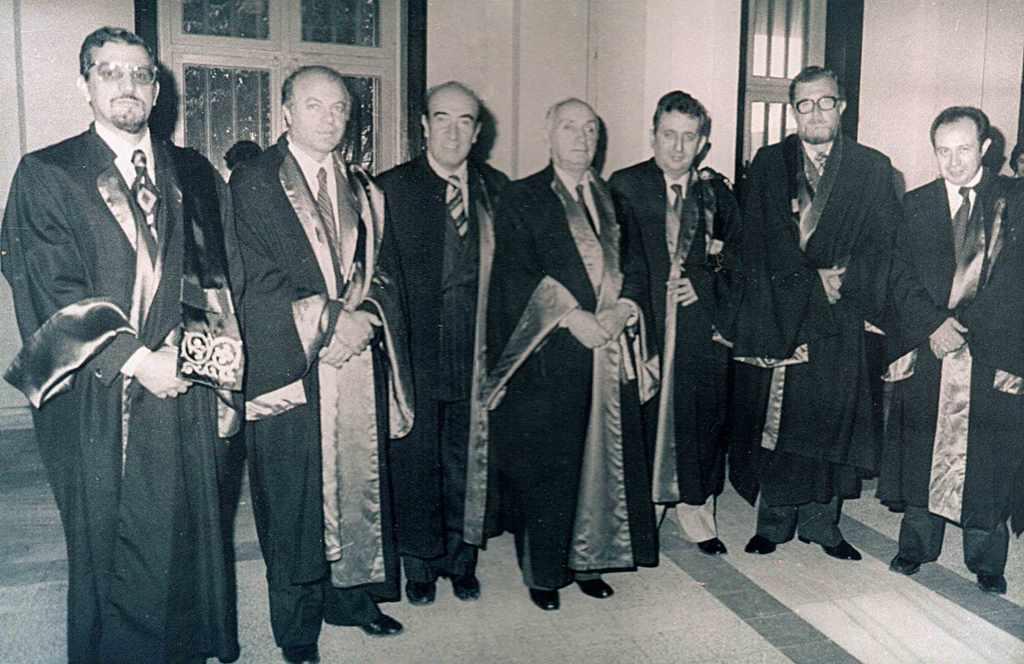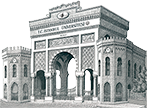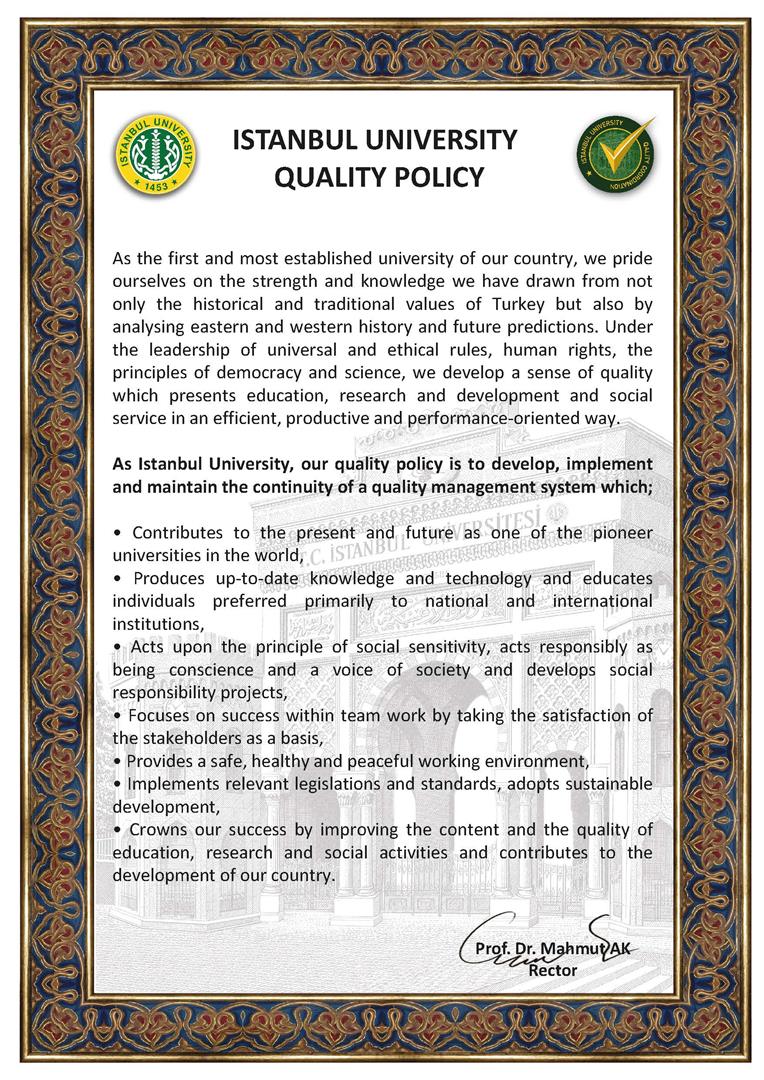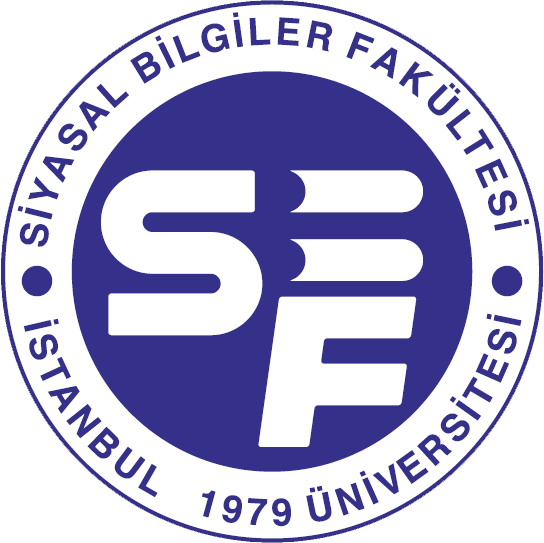Faculty
The Departments of Political Science and International Relations as well as Political Science and Public Administration offer %30 English undergraduate curriculums. Students are expected to pass the English proficiency exam in their freshman year. Undergraduate program in business administration on the other hand is taught completely in Turkish.
Faculty graduates find career opportunities at home and abroad in the private as well as the public sector. While Political Science and Public Administration graduates have been exceptionally successful in both local and national levels of various Ministry of Interior positions, graduates of business administration benefit from the large network of private sector connections the department cultivated over the years. Political Science and International Relations graduates find opportunities in the public institutions and organizations; international NGOs, intergovernmental organizations and the private sector.
The Faculty of Political Science has been established as the result of the efforts undertaken by Prof. Tarık Zafer Tunaya, an outstanding scholar of constitutional law and political science. Before WWII, political science and administration were taught at faculties of Law and Economics. While the idea of establishing a separate faculty of Political Science had been debated in 1962, during a session of October 1977, the Istanbul University senate decided to establish the Faculty of Political Sciences.
 |  |
The initial academic stafff consisted of seven professors, Prof. Ümit Doğanay, Prof. Aydın Aybay, Assoc. Prof. Murat Sarıca, Assoc. Prof. A. Ülkü Azrak, Assoc. Prof. İzzettin Doğan, Assoc. Prof. Ersan İlal and Prof. Tunaya as the founding dean. The first students enrolled in November 1979. The next year, the faculty moved to its current building, historically known as the Bekirağa Bölüğü (Bekiraga Company Barracks). In the following years, academic staff from the Faculty of Economics joined the faculty. Consequently, it began offering M.A. and PhD programs in 1982. The very first undergraduate students of the faculty graduated in 1983. In 1991, departments of Public Finance, International Relation and Business Administration were established. With the addition of the department of Economics in 1992, the faculty was comprised of five departments. On 29 April 1999, İstanbul University Senate disbanded the departments of Economics, Business Administration and Public Finance on the grounds that there were other departments with the same title at the university. From 1999 to 2005 only the departments of Public Administration and International Relations offered degrees. In 2006, the Department of Business Administration was re-established and began offering B.A. degrees.
Bekirağa Bölüğü (Bekiraga Company Barracks)
The building that is currently used by the Faculty of Political Science was originally designed by Gasparo Trajano Fossati, and built between 1841 and 1843. The building was conceived to house the Hospital of the Ministry of War (Bab-ı Seraskeri Hastanesi). Fossati was a Swiss-Italian architect who had designed the Russian Embassy in Pera/Beyoğlu, and who later conducted the works of restoration in Hagia Sophia. The central building of the university was established two decades later, between 1867 and 1874, to house the Ministry of War and the General Command. In the last quarter of the nineteenth century, Fossati’s building was used as the headquarters of the Imperial Guard that was under the fearsome Bekir Ağa. Having arrived in Istanbul with the entourage of Serasker Hüseyin Avni Paşa, he had risen from the ranks. In 1872, Bekir Ağa was appointed as the director to the Serasker Dairesi (War Office). He and his company were infamous for their brutality and their Company Barracks building had become synonymous with Bekir Ağa.
The building was used as a detention center for political prisoners, deserters and known criminals. Members of the Young Turks movement, main opposition to Abdülhamid II’s autocratic rule, were incarcerated in the building during the period leading to their exile. Following the 1908 Constitutional Revolution, the prisoners were released and replaced by the political opponents of the Committee of Union and Progress. This particular pattern of detention repeated until the proclamation of the Republic. Following the end of World War I, Istanbul government and the Allied forces incarcerated the members of the Committee of Union and Progress, whom they believed responsible for the Ottoman involvement in the war. When the Ottoman Parliament was disbanded by the Allied forces, parliamentarians were detained here before their exile to Malta. Mustafa Kemal Atatürk, notes, in Nutuk (The Great Speech), that he had visited his friends such as Fethi (Okyar) Bey, Nationalists who would later become the core cadres of the Independence movement, just before leaving Istanbul for Samsun in 1919, and consulted with them on several issues. With the proclamation of the republic, Ankara was made the capital of Republic. The building complex of the Ministry of War –which was to move to Ankara- was transferred to Istanbul University, the Fossati Building was used as part of the Faculty of Medicine, until it was transferred to the Faculty of Political Science in the academic year of 1980-1981.
 |  |
Statue of Peace
The statue that is located at the entrance hall of the faculty was sculpted in the 1980s by Ahad Hüseyni, a sculptor of Iranian origin. It depicts the figure of an old, lonely man holding a globe in his hands. The globe symbolizes the difficulties and catastrophes that haunt the world. The face of the figure expresses hopes from one side, and hopelessness from the other side.
On the issue Hüseyni says:
“This sculpture tells the story of lonely people. It is the true image of the world we live in and has no political aspect. We see an old but wise and wistful human being, absorbed by the globe in his hands. Right side of his face has a pessimist expression, his left side has an optimist expression. Moreover, an effort was made to depict him both wistful and hopeful. The globe expresses the troubles from all around the World. Hoping that all those troubles will end, I wrapped the World with the halo of peace. I believe that you would accept this gift.”
In this section you can access the faculty's institutional identity items.
1. Faculty Logo
You can download the high resolution vector drawing version of the faculty logo from the link below.
2. Istanbul University Institutional Identity Items
http://unibasin.istanbul.edu.tr/tr/content/kurumsal-kimlik-klavuzu/kurumsal-kimlik-kilavuzu


